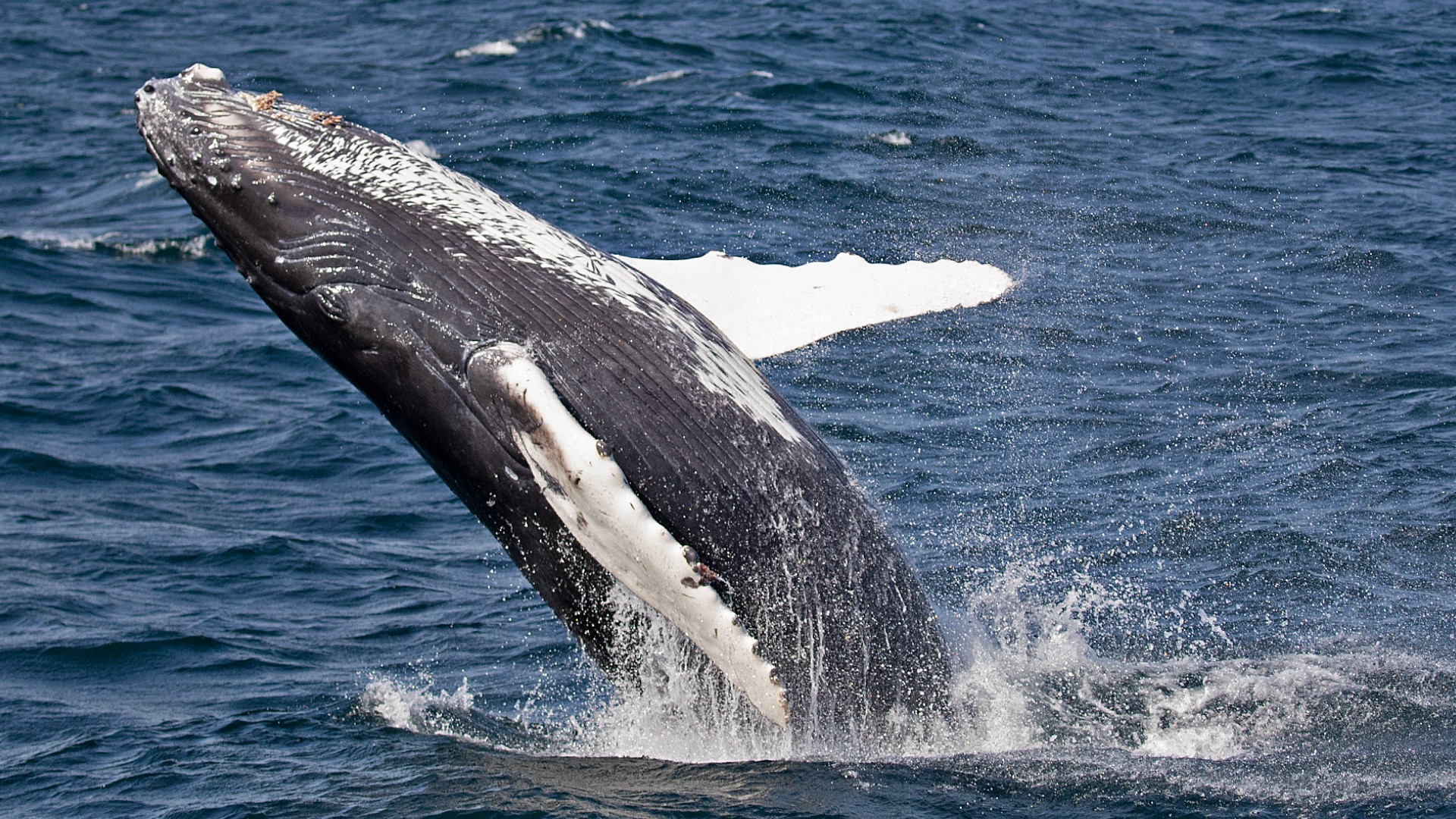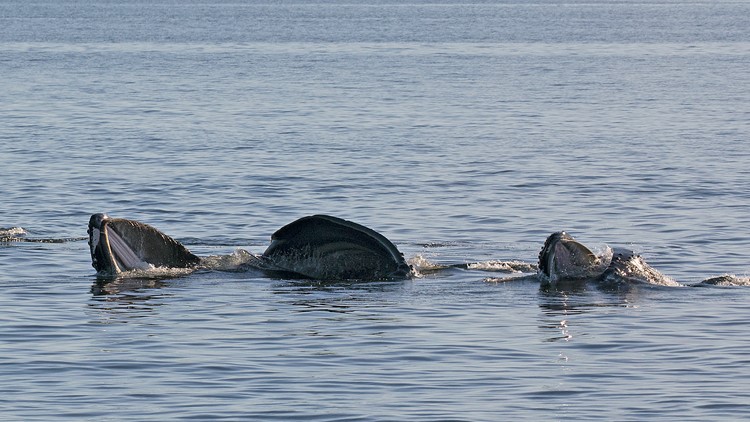SEATTLE — With a record-breaking heat wave, an ongoing global pandemic, a new home hockey team in the Seattle Kraken and an increasingly contentious upcoming election season, one might say 2021 is already “whale” beyond normal. Enter whales.
Not only did the Salish Sea see its first beluga whale in more than 80 years and the most Bigg's killer whale sightings ever recorded, but 2021 also delivered a record-breaking baby boom of humpback whales in western Washington.
According to the Pacific Whale Watch Association (PWWA), there have been 21 calves photographed in the Salish Sea this year. In 2020, there were just 11 calves spotted.
During the fall, experts said humpback whale activity peaks as it’s the last chance for these mammals to feed before migrating to warmer waters around the Tropic of Cancer where they will mate before returning in late spring.
“2021 has been a banner year for female humpbacks coming into the Salish Sea with new calves,” said Wendi Robinson, naturalist with Puget Sound Express.
Humpback whales see record-breaking baby boom in 2021
One mom, nicknamed “Split Fluke,” and her calf were recently spotted just south of Victoria, B.C. Val Shore, a naturalist with Eagle Wing Tours said the two treated onlookers to some tail slaps, which is believed to be a way the whales communicate.
“The calf started things off with a few tail slaps, which mom then joined in on,” Shore said.
Another duo was seen earlier this year by an Anacortes-based naturalist named Sam Murphy who, while doing seasonal work in Hawaii, spotted a calf and its mom, later identified as 10-year-old “Dreamer” known to feed near Victoria during recent summers. Months later, these two were spotted again this week in the northern Salish Sea.
“Calves only travel with mom for a year or so and then they’re on their own. Once they’re familiar with our waters, they will often return year after year to feed,” Robinson said.
The cause of the year’s baby boom is unclear, according to PWWA Executive Director Erin Gless.
“We’re not sure why there were so many calves this year,” she said. “It’s possible the last two years had an abundance of food for the whales, or it could be as simple as the fact that as the number of adult whales in the population grows, so too does the number of calves we can expect to see each year.”







